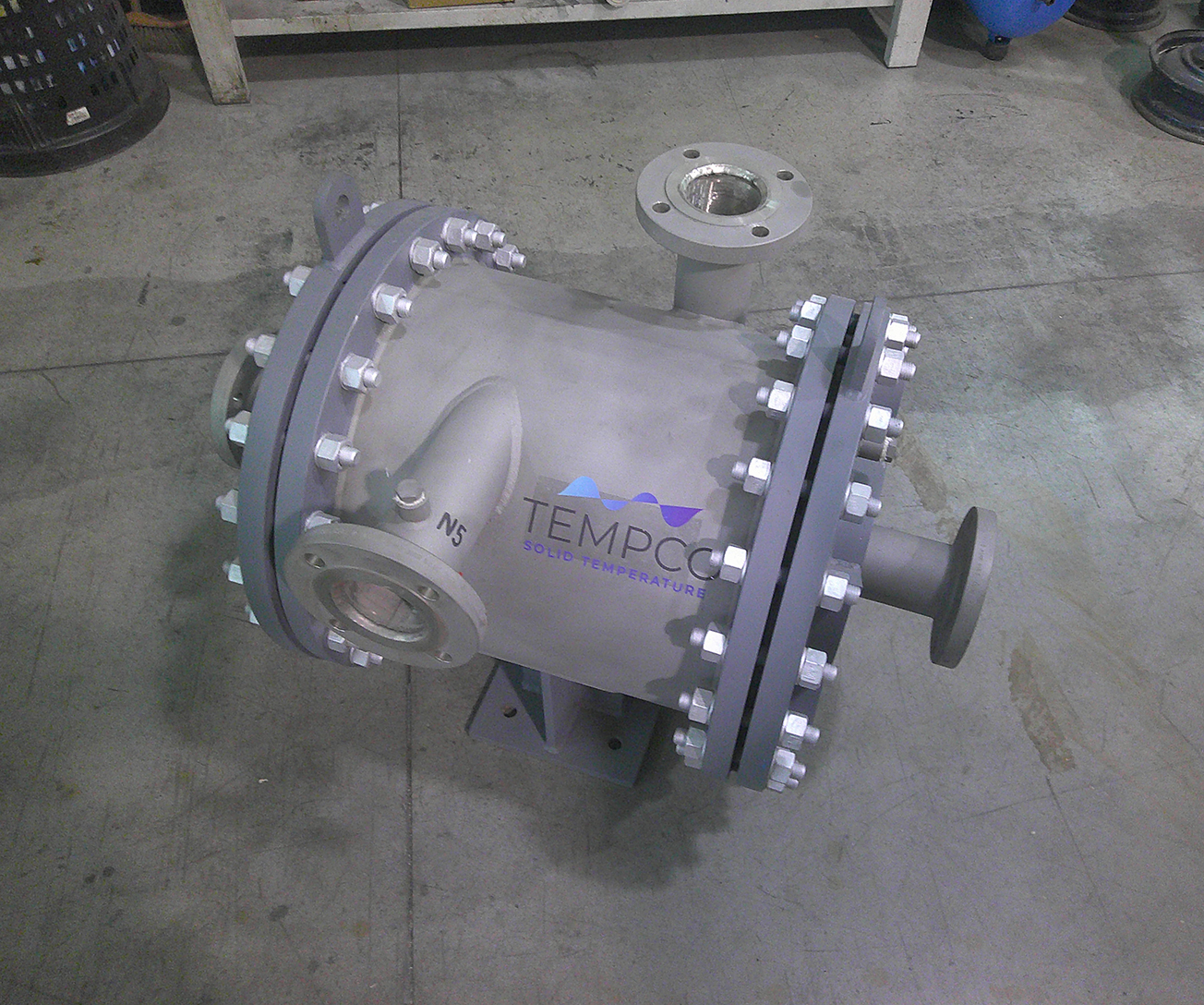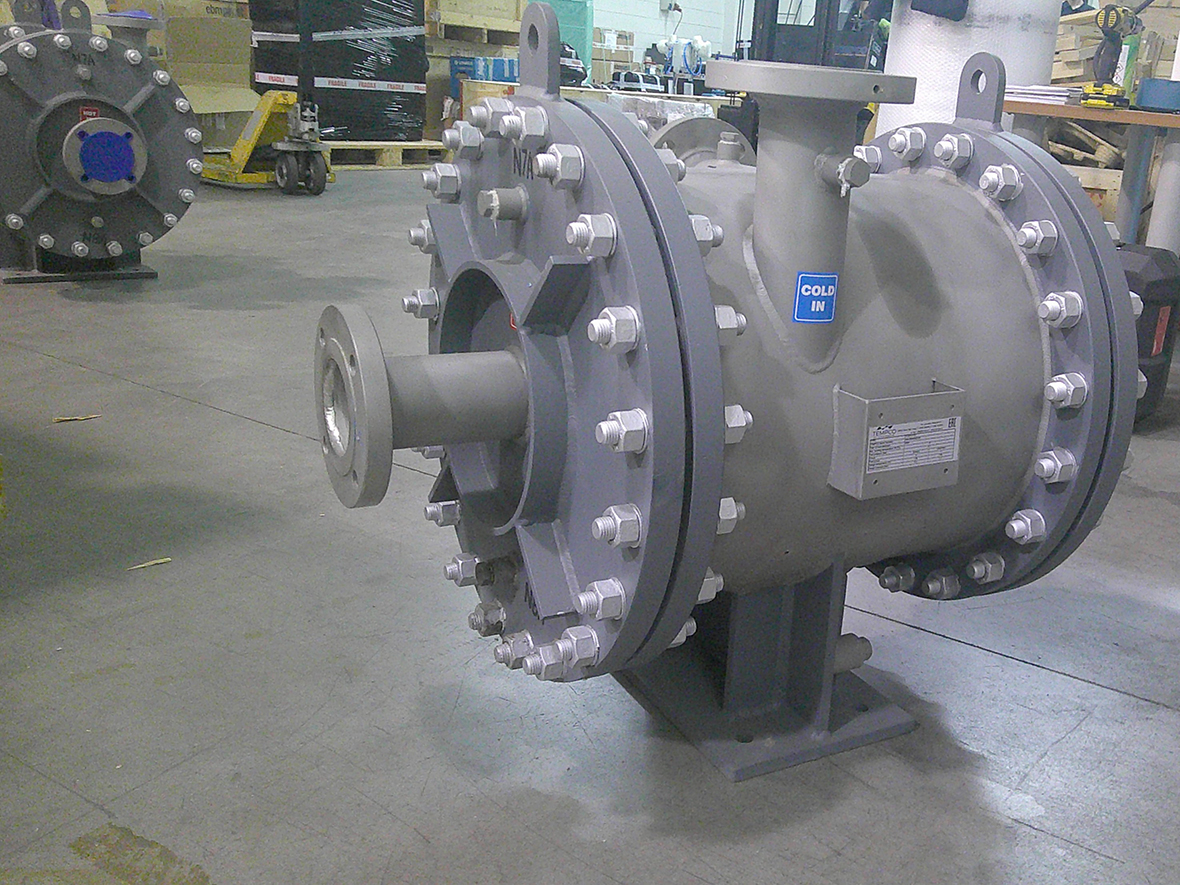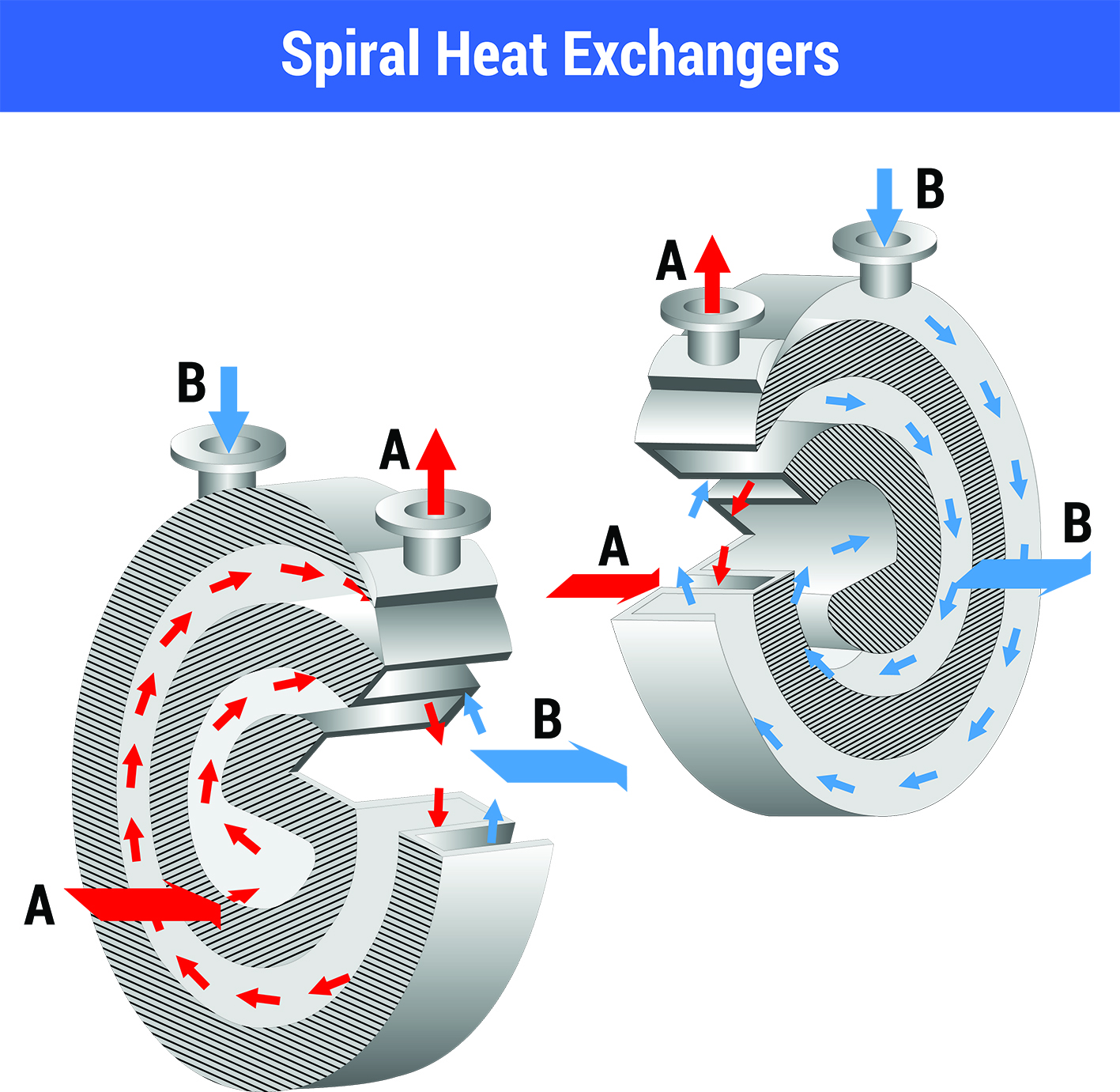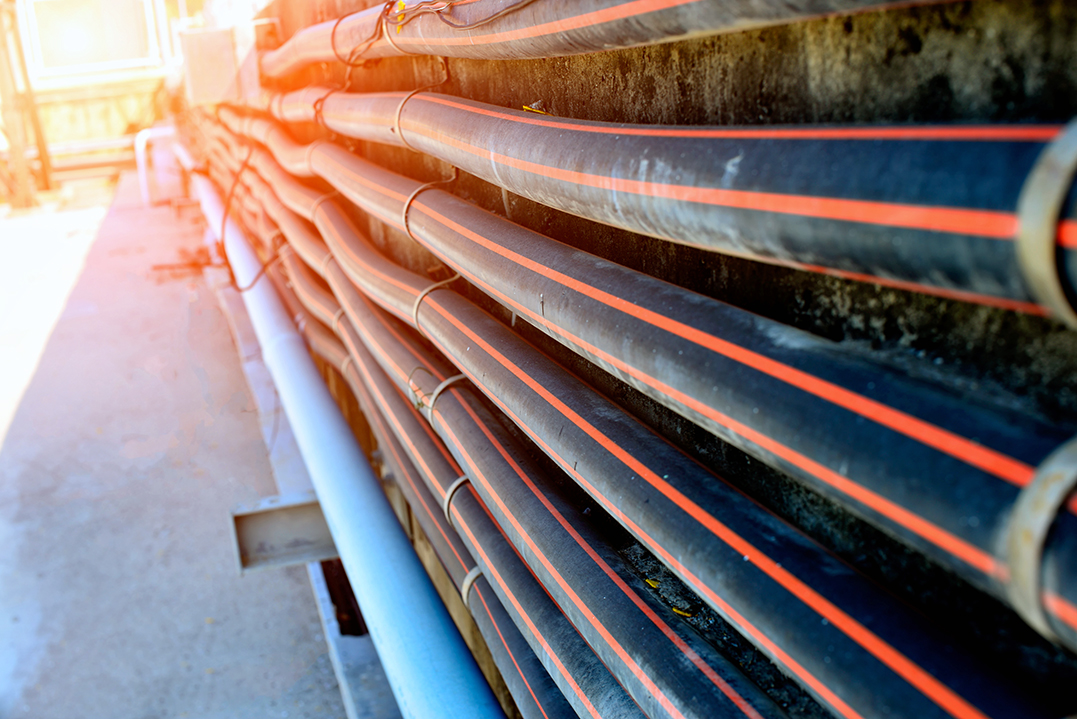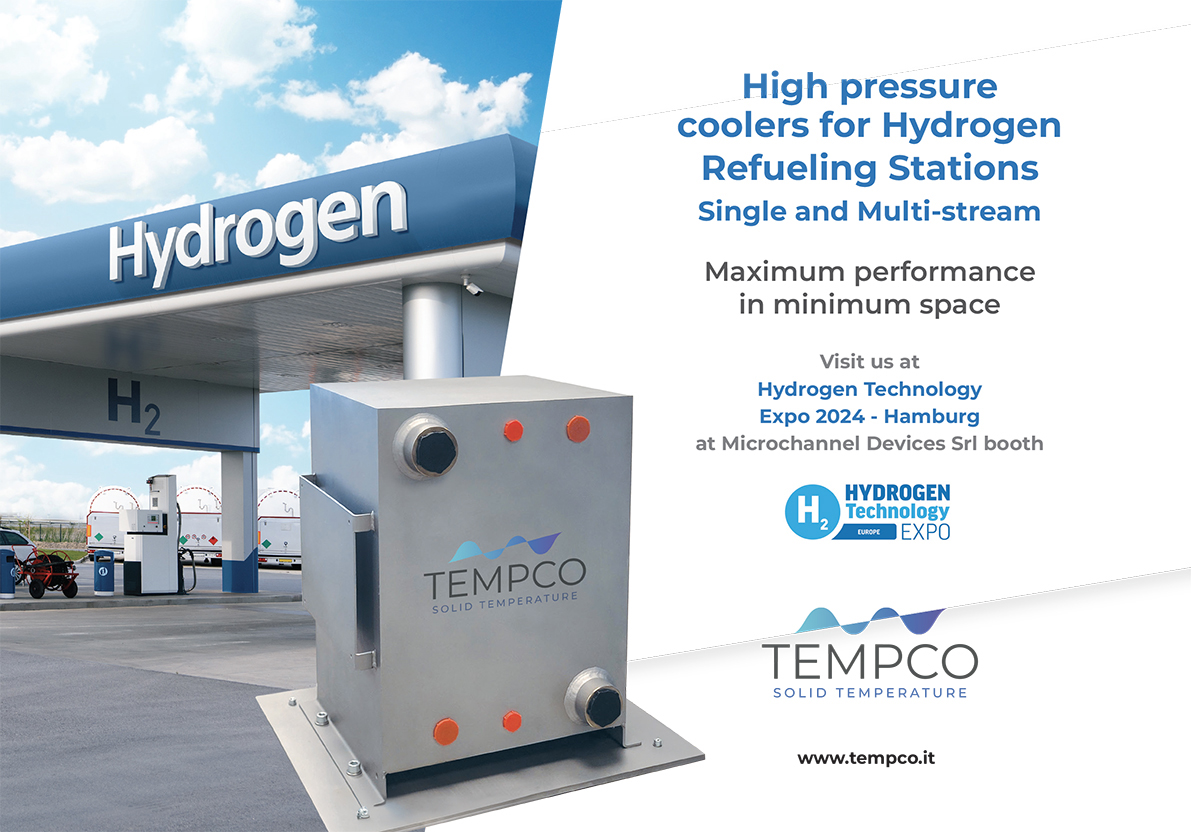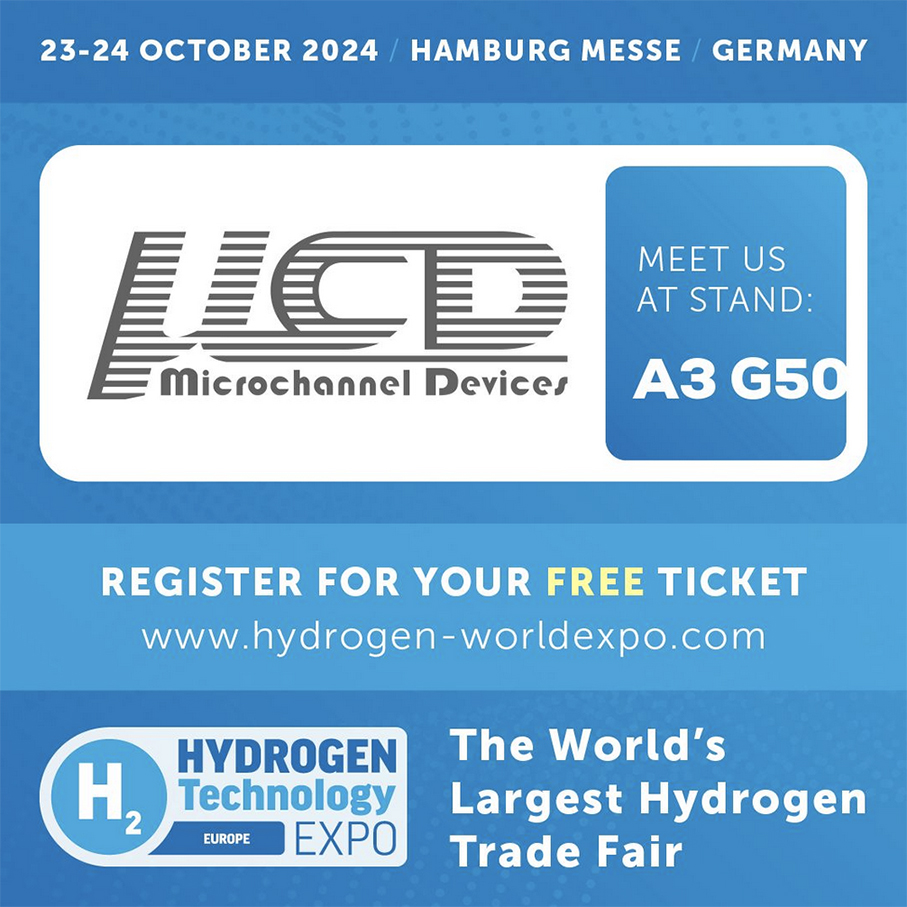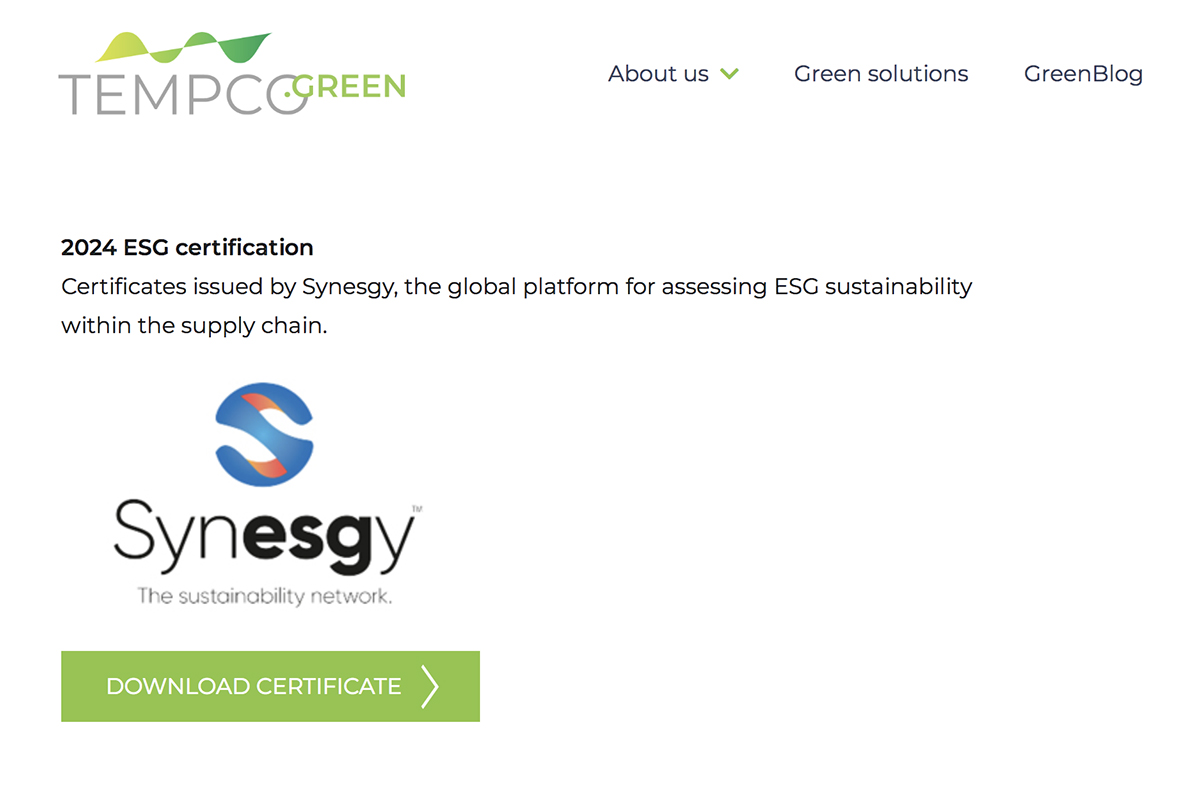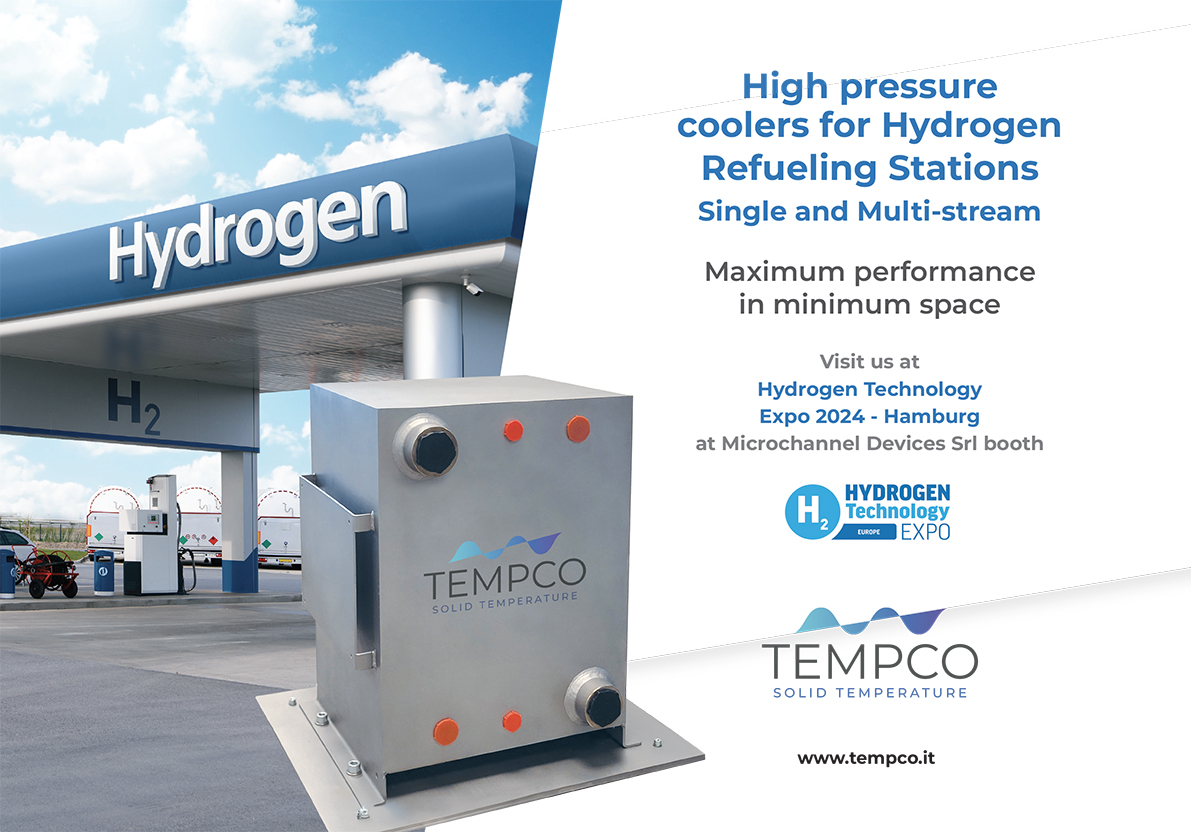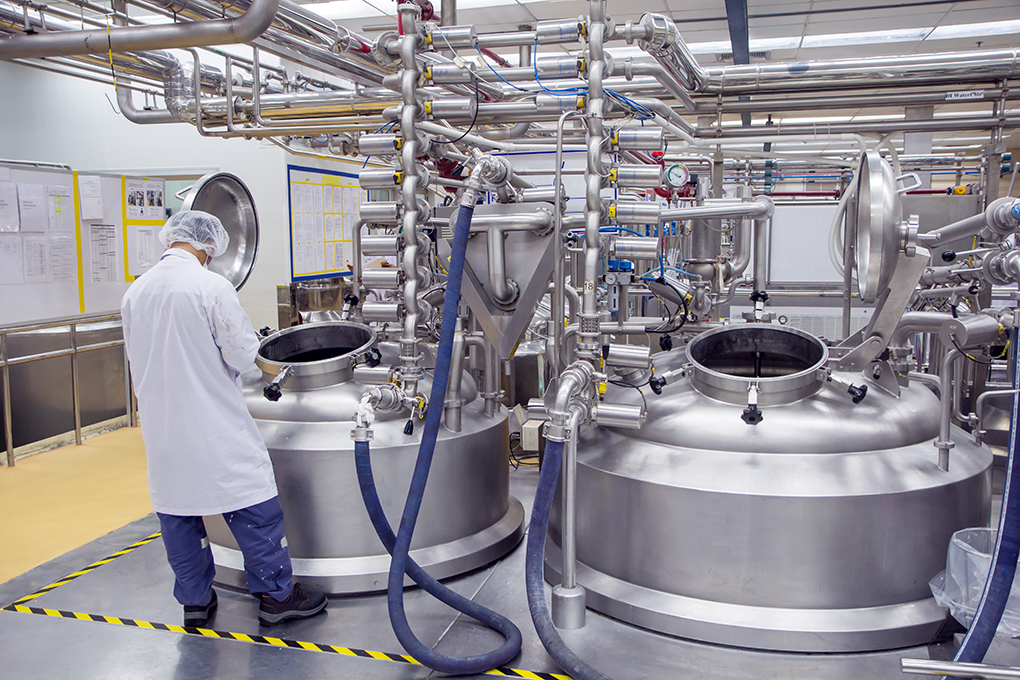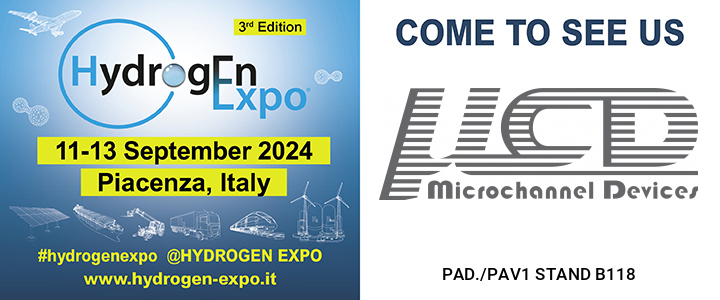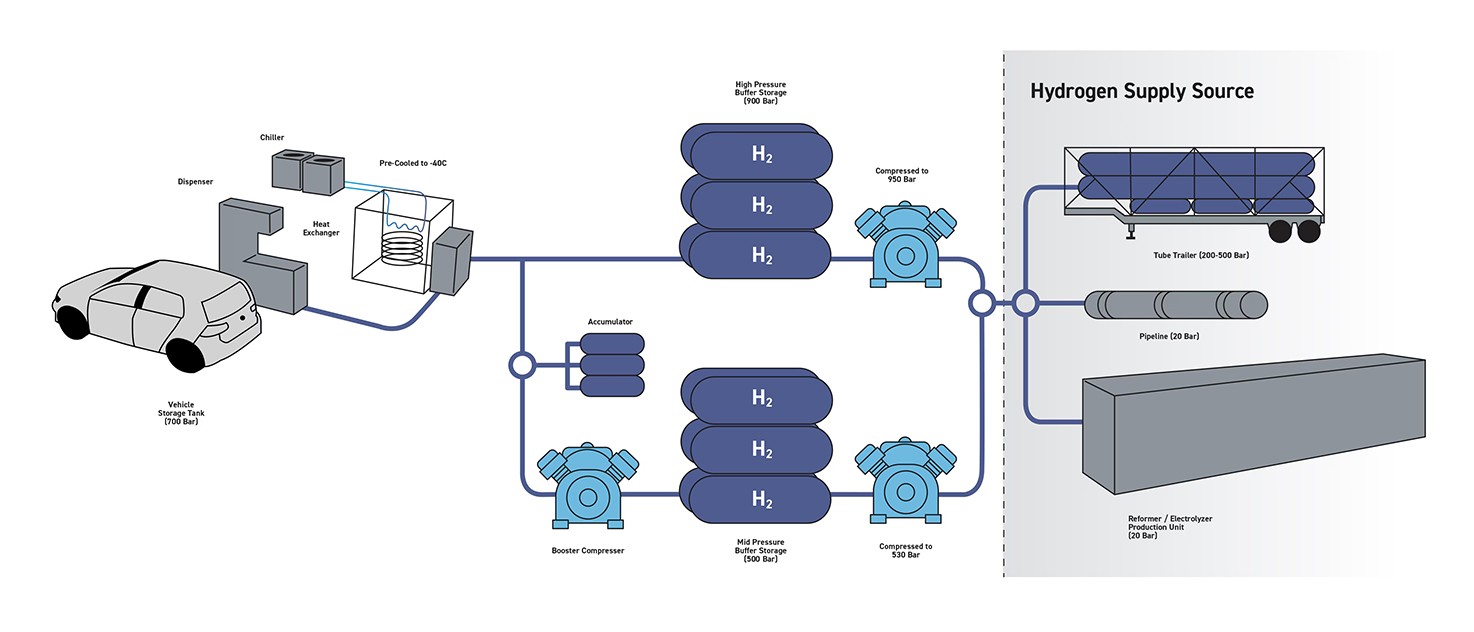We have often talked about pharma production processes and about thermoregulating systems for the production processes of pharma products and APIs.
Clearly, before starting with industrial production, there are also pharma laboratories where new products and drugs are tested, let’s say produced in an early stage those same substances that later on will be produced in batch for an industrial consumption. Also pharma laboratories therefore require temperature control tasks.
At this purpose, there are very compact and small machinery which are employed in pharma laboratories, and they have to offer an extremely wide working range. That’s because a laboratory is where testing tasks are deployed, and very often the final temperature range is not yet defined, but it’s necessary to make several trials, in order to verify if at a certain temperature the expected reaction is going to take place, and then is necessary to find out at which temperature the product must be cooled in order to maintain the characteristics achieved at the high temperature level.
At this purpose, there are special and very flexible temperature regulation units that can be highly adapted to the varying needs of pharma labs.
Usually the heating cycle in these systems is carried out via an electrical system, since the powers required are very low. Same thing for the cooling section, which uses small refrigeration units with low power capacity but which allow to reach very low temperatures. Therefore, there are these systems that offer a wide range of working temperatures, offering for example the possibility of reaching -30° C and then up to +250° C, therefore a very extended temperature range to guarantee the possibility of carrying out all production tests, establishing the process parameters which will then be translated into industrial production.

